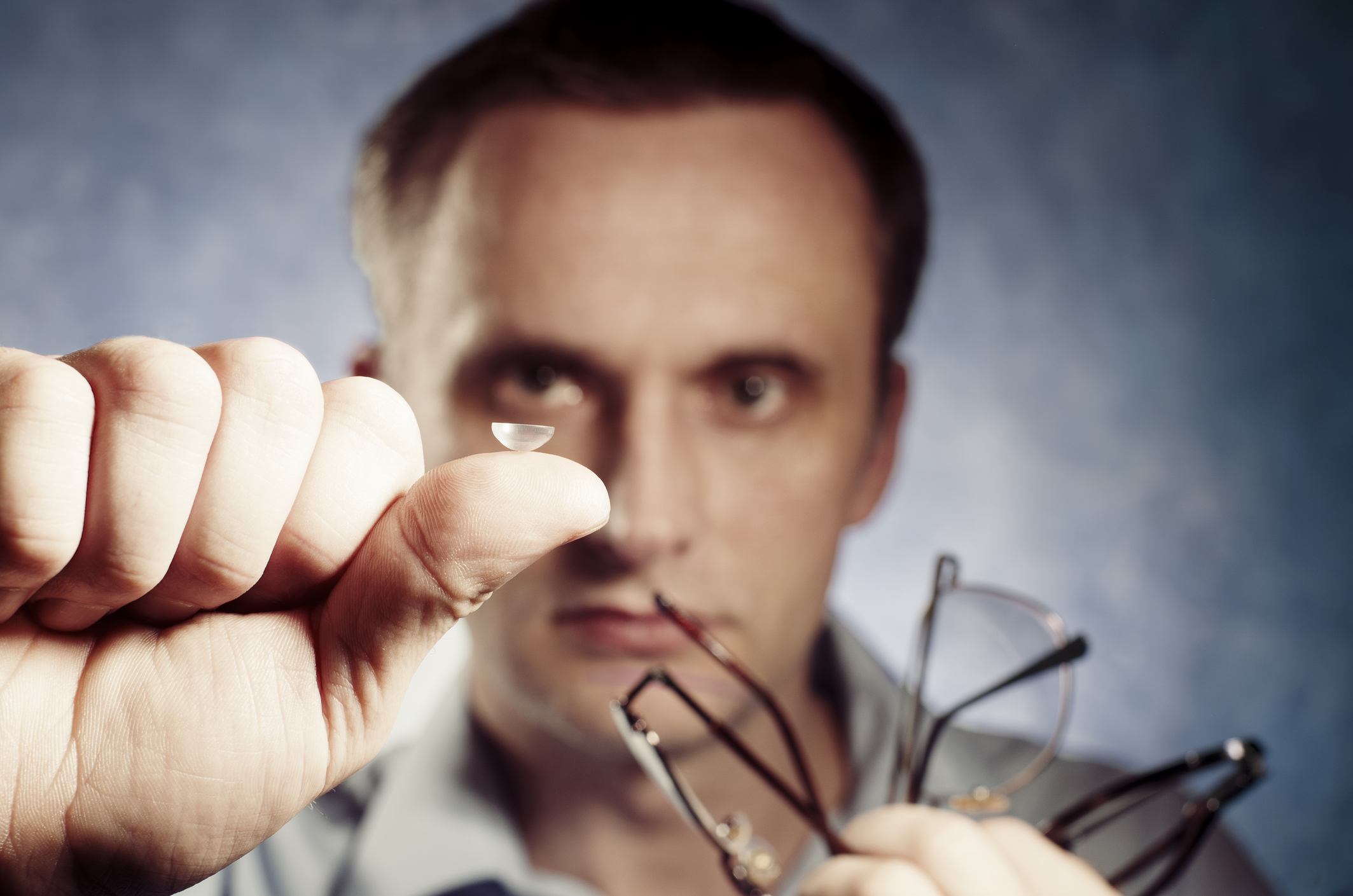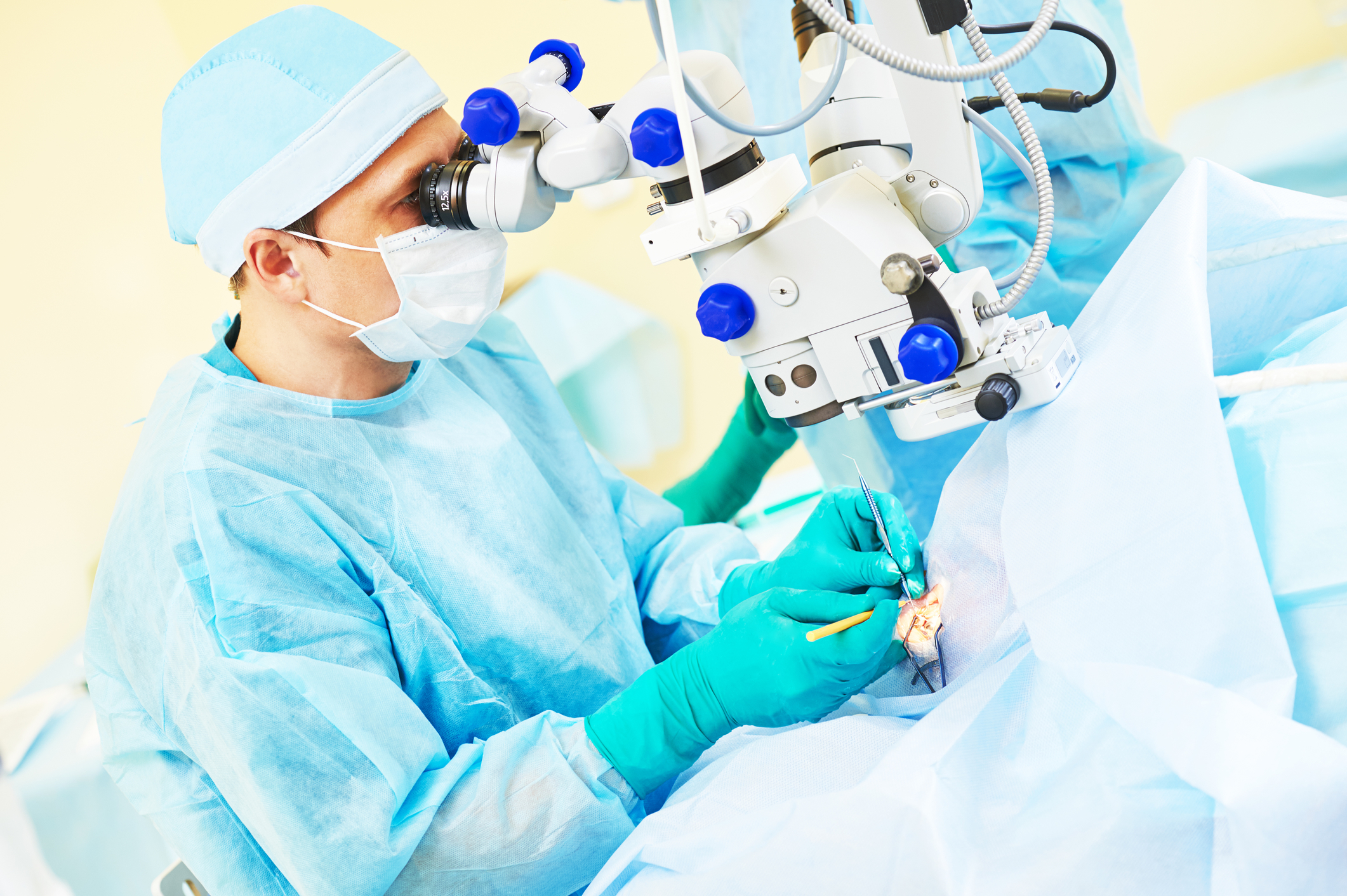What You Need To Know Before Getting LASIK Eye Surgery
Laser-assisted in situ keratomileuses, or LASIK eye surgery, is an outpatient refractive surgical eye procedure designed to treat several vision problems, including nearsightedness, astigmatism, and farsightedness. During LASIK, a laser is used to reshape the cornea, which is the clear, round dome located in front of the eye, to increase the eye’s ability to focus light rays onto the retina located in the back of the eye. Although LASIK is one of the most frequently performed surgical procedures in America, it is not for everyone. Here are ten things to keep in mind before surgery.
10. Be Aware Of The Limitations

While laser refractive surgery can be used to help correct certain conditions such as astigmatism and nearsightedness, there is no guarantee that a person who undergoes surgery will not have to use reading glasses when they get older. Researchers hope to improve the long-term results of LASIK in the future; however, LASIK patients may still need help reading later in life despite the surgery. Most people with mild nearsightedness can expect to have uncorrected vision of 20/40 or better after LASIK, either with or without glasses. Individuals with more severe cases may not see such improvements.
9. Risks Involved

There is comfort in knowing that LASIK surgery is one of the most commonly performed operations in America; however, laser refractive surgery is still considered a major surgery with many possible adverse outcomes. Complications of the surgery may include under correction, overcorrection, damage to the cornea, inflammation, and making the pupil off center. Although statistics indicate that complications of LASIK are as low as five percent, there is no guarantee that any surgery will be risk-free.
